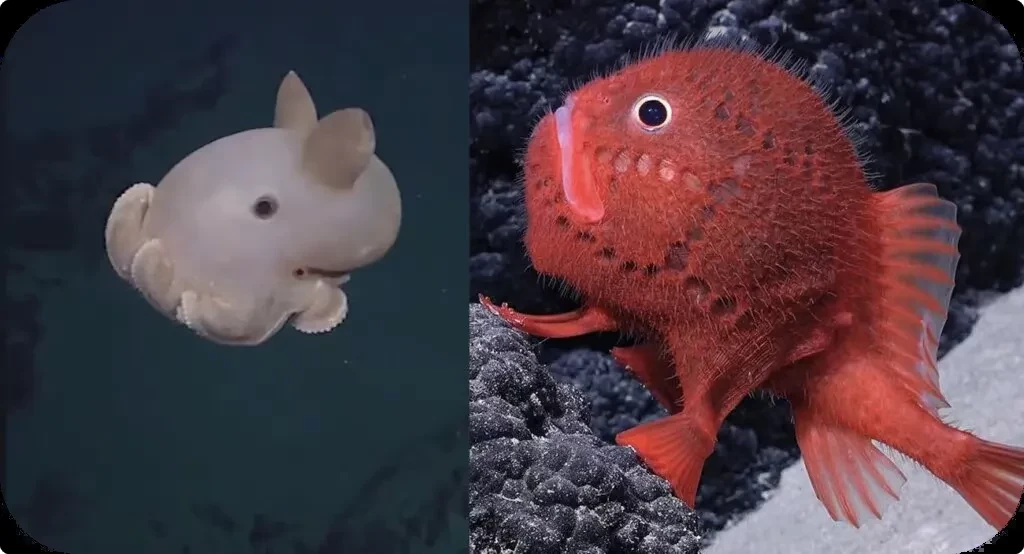Advancing Herbicide Removal from Groundwater
Scientists, led by a chemistry researcher from Oregon State University, have made progress in tackling the global problem of herbicide contamination in groundwater. Kyriakos Stylianou, from the OSU College of Science, led an international team that discovered a metal-organic framework (MOF) called Sc-TBAPy, capable of efficiently removing and breaking down the widely used herbicide glyphosate.
In simple terms, Sc-TBAPy is a material developed in collaboration with Tiangong University in China. It uses scandium (Sc) and a carboxylate linker, TBAPy. In tests, Sc-TBAPy showed the ability to completely eliminate glyphosate in water after just five minutes of exposure to light. Stylianou emphasized that Sc-TBAPy worked faster and more efficiently compared to other similar materials. Importantly, it broke down glyphosate without creating harmful acids, unlike its counterparts.
The research, published in the scientific journal Nature Communications, focuses on MOFs, which are materials that use photocatalysis to break down contaminants in water. MOFs are composed of metal ions and organic molecules, forming crystalline and porous structures with adjustable properties.
Glyphosate, a widely used herbicide for the past 50 years, has raised environmental concerns due to its persistence and potential health effects on various organisms, including humans.




